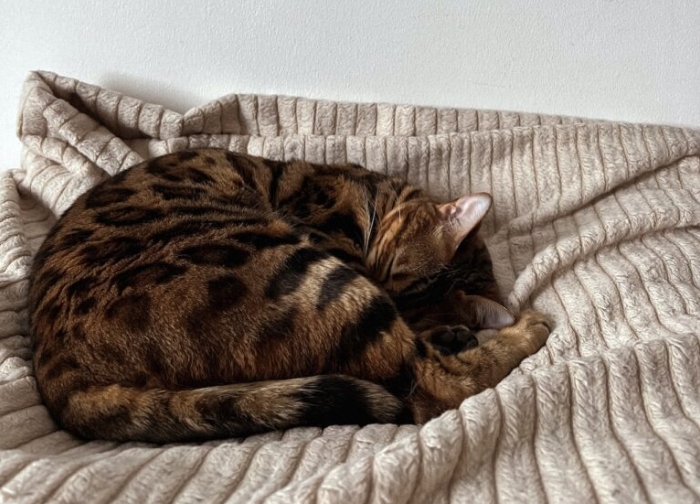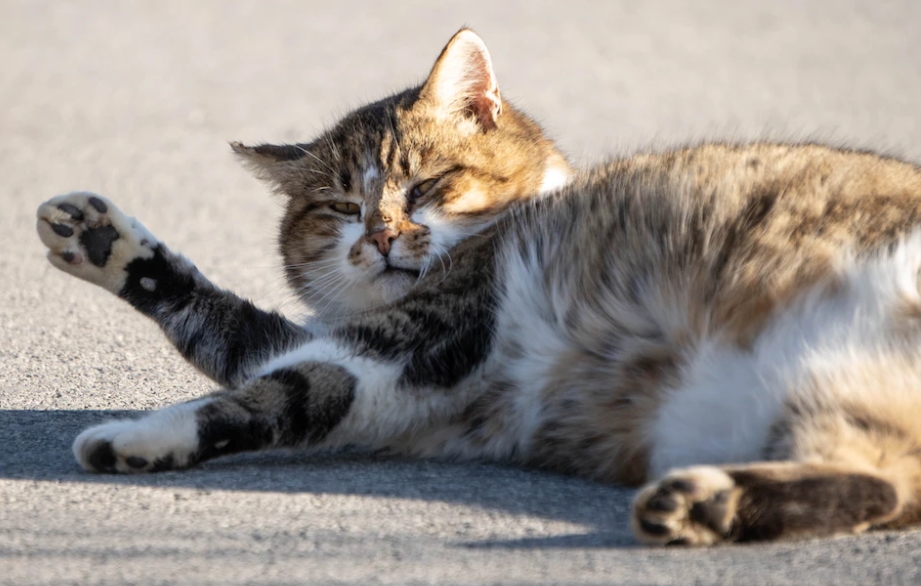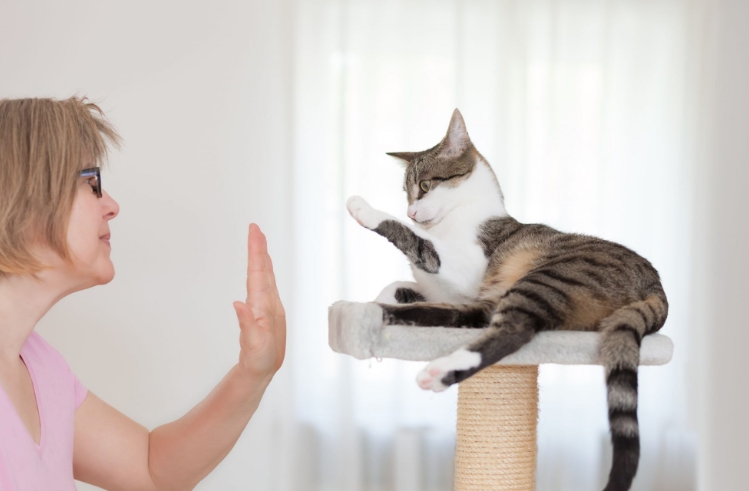The disease is a part of every living life. Animals especially cats are very good at hiding their disease. In this post we will go through all Common Cat Diseases and Symptoms. The more you will know about your pet cat’s diseases and symptoms, the more your cat gets a chance to live a long and healthy life.

Cats and Dogs are the most common pet for home. Many people wonder why a cat is so cute! We can easily talk about it when we are sick but pets can’t. so it is our duty to care for our pets and know about their diseases and system to take action and save our pets’ lives.
1. KIDNEY DISEASE:
Chronic kidney disease (CKD) is a common condition in cats, especially in older cats. It occurs when the kidneys are no longer able to function properly, leading to a buildup of waste products in the body. Here are some of the most common cat kidney diseases:
Chronic Kidney Disease (CKD)
As mentioned, CKD is a condition in which the kidneys gradually lose function over time. Symptoms may include increased thirst, increased urination, weight loss, poor appetite, and vomiting.
Acute Kidney Injury (AKI)
AKI is a sudden and severe decrease in kidney function. It can be caused by a variety of factors, including dehydration, toxin exposure, or an infection. Symptoms may include vomiting, diarrhea, and decreased appetite.
Polycystic Kidney Disease (PKD)
PKD is an inherited condition in which cysts form on the kidneys, eventually leading to kidney failure. It is most commonly seen in Persian and Himalayan cats. Symptoms may include increased thirst, increased urination, and weight loss.
Pyelonephritis
Pyelonephritis is an infection of the kidney and the surrounding tissue. It can be caused by bacteria traveling up the urinary tract from the bladder. Symptoms may include fever, vomiting, and decreased appetite.
Nephritis
Nephritis is an inflammation of the kidneys. It can be caused by a variety of factors, including infections or immune-mediated disorders. Symptoms may include vomiting, diarrhea, and decreased appetite.
Do not forget to read ‘The Best Five Cat Breeds For Home‘
2. DENTAL DISEASE:
Cat dental disease, also known as feline dental disease, refers to any condition that affects the teeth, gums, and surrounding tissues in cats. It is a common problem in cats, and if left untreated, it can lead to pain, tooth loss, and other health complications. There are several types of dental disease in cats, including:
Periodontal disease
This is the most common type of dental disease in cats. It occurs when bacteria in the mouth form plaque and tartar on the teeth, which can lead to inflammation of the gums and damage to the tooth’s supporting structures.
Tooth resorption
This is a painful condition where the body starts to reabsorb the tooth’s root, leading to a cavity-like hole in the tooth.
Feline odontoclastic resorptive lesions (FORLs)
This is a type of tooth resorption that is unique to cats. It is a painful and progressive condition where the tooth’s root structure is destroyed, leading to tooth loss.
Gingivitis
This is an inflammation of the gums caused by the buildup of plaque and tartar on the teeth. If left untreated, it can lead to more severe periodontal disease.
Symptoms of dental disease in cats can include bad breath, drooling, difficulty eating or chewing, pawing at the mouth, and loose or missing teeth. Regular dental check-ups with a veterinarian can help catch dental disease early and prevent further complications. Treatment options may include dental cleaning, extractions, and management of any underlying health conditions contributing to the dental disease. You may find more info in here Cat – Wikipedia
3. CAT DIABETES
Diabetes in cats is a chronic condition that affects their ability to regulate their blood sugar levels. It occurs when the pancreas does not produce enough insulin or when the body becomes resistant to the insulin produced.
Symptoms of Diabetes
Symptoms of diabetes in cats include increased thirst, frequent urination, weight loss, and an increase in appetite. If you notice any of these symptoms in your cat, it is important to take them to a veterinarian for a diagnosis and treatment plan.
Treatment for feline diabetes
Treatment for feline diabetes often involves a combination of insulin injections, diet management, and monitoring of blood sugar levels. Your veterinarian will work with you to create a treatment plan that is tailored to your cat’s specific needs.
It is important to manage your cat’s diabetes to prevent complications such as neuropathy, cataracts, and ketoacidosis. With proper management, many cats with diabetes can live happily and healthily.
4. CAT CANCER:
Cancer in cats is a relatively common condition, and it can affect different parts of the body, including the skin, lymph nodes, and internal organs such as the lungs, liver, and gastrointestinal tract.
The most common types of cat cancer
The most common type of cancer in cats is lymphoma, which affects the lymphatic system and can cause symptoms such as swollen lymph nodes, weight loss, vomiting, and diarrhea. Other types of cancer that can affect cats include leukemia, squamous cell carcinoma, mammary gland tumors, and oral tumors.
The exact cause of cancer in cats is not always known, but certain risk factors can increase their chances of developing the disease, such as exposure to tobacco smoke, certain viruses, and environmental toxins.
Treatment for cat cancer
Treatment for cat cancer can vary depending on the type and stage of cancer and may include surgery, chemotherapy, radiation therapy, or a combination of these treatments. Your veterinarian will be able to provide you with more information on the best course of treatment for your cat.
5. OBESITY

Generally, a cat weighing 20% more than their ideal weight is considered obese. Feline obesity shortens a cat’s lifespan and makes them more susceptible to diseases and health conditions including, Diabetes, Joint problems, Cancer, Heart disease
If you are concerned that your cat may be obese, contact your veterinarian. They will determine an ideal weight goal based on your cat’s overall health and recommend a new diet plan to help them shed some pounds.
6. FELINE LEUKEMIA VIRUS (FELV)
FeLV is a cancer-causing retrovirus that is spread through cats’ saliva, blood, feces, or urine. Alley Cat Allies reports that most cats get FeLV from their infected mothers at birth or through contact with other cats, such as through mutual grooming. FeLV can weaken the immune system and cause severe anemia, making the cat vulnerable to other diseases.
Symptoms of FeLV
Seizures or neurological disorders, Various eye conditions, Persistent diarrhea, Persistent fever Skin, urinary or respiratory infections, Weight loss, Loss of appetite.FeLV can cause leukemia, lymphoma, and infertility. Although there is no cure for FeLV, cats can live long healthy lives with the proper treatment.
7. PANCREATITIS
For cats and humans alike, the pancreas performs vital functions in the digestive process. Pancreatitis develops when the pancreas becomes inflamed, and in cats, it is also usually accompanied by inflammation in the liver and intestines.
Symptoms of Pancreatitis
The cause of pancreatitis in cats is unknown, but some felines with diabetes or inflammatory bowel disease may be at a higher risk. Symptoms of pancreatitis include Vomiting, Fever, abdominal pain, Decreased appetite, Diarrhea
8. HYPERTHYROIDISM
Hyperthyroidism is an endocrine disease that affects middle-aged and older cats. It is most commonly caused by benign growths on the thyroid gland that increase its size and function, leading to an increase in the concentration of thyroid gland hormones.
Signs of hyperthyroidism in cats
Signs of hyperthyroidism in cats include Excessive amounts of energy, Increased appetite, Weight loss, and Restlessness.
A veterinarian will order lab tests to diagnose hyperthyroidism. The right treatment can reduce functioning thyroid hormone levels and help cats live a healthy, normal life.
Conclusion of Common Cat Diseases and Symptoms
In conclusion, being aware of common cat diseases and their symptoms is crucial for any cat owner. By recognizing the signs early, you can take prompt action to help your feline friend recover and avoid any complications. However, it’s important to remember that prevention is always better than cure, and regular check-ups with a veterinarian can help keep your cat healthy and happy. So, keep an eye on your cat’s behavior, diet, and overall health, and don’t hesitate to seek professional help if you suspect anything is wrong. With the right care and attention, you can ensure that your cat leads a long and healthy life.
Train Your Cat in 5 Simple Steps: A Beginner’s Guide, this post will ease your hard journey to train your cat.
Share your practical knowledge about Common Cat Diseases and Symptoms with us. Our sharing and caring will give the chance of many cats and other pets comfort, and healthy happy life. Thanks for being with us.
